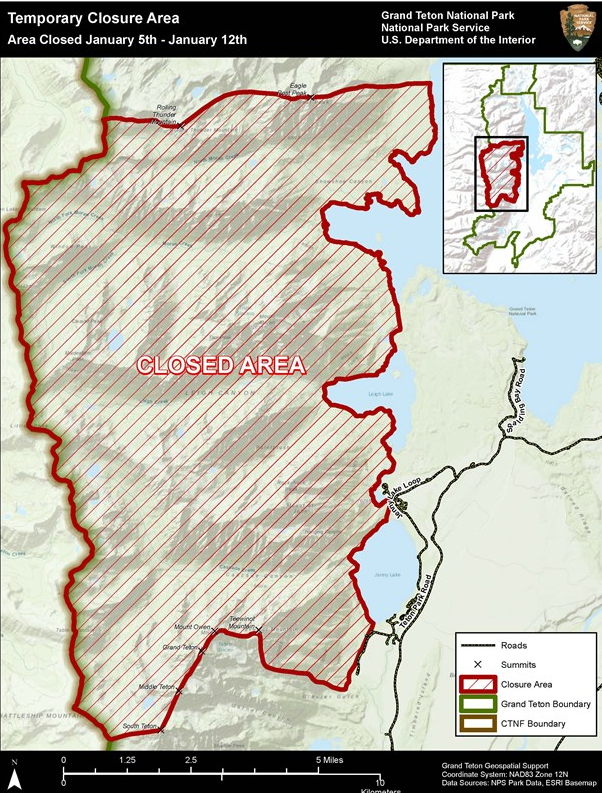Heading out the door? Read this article on the new Outside+ app available now on iOS devices for members! Download the app.
The National Park Service is culling mountain goats this week in Grand Teton National Park, in what officials describe as an attempt to protect the park’s vulnerable population of Rocky Mountain bighorn sheep.
From January 5 to January 12, a swath of the park will be closed while contract crews shoot the goats from helicopters. The closure area spans from north to south between Eagle Rest Peak and South Teton, and from east to west by Jackson, Leigh, String, and Jenny Lakes, and the park boundary.
The park’s mountain goat and bighorn sheep herds both number approximately 100 individuals. But while bighorn sheep are native to the Tetons, mountain goats are not: Biologists believe that the park’s goats originally migrated from the Snake River Range, where Idaho’s Department of Fish and Game introduced them in 1969 in hopes of creating a population for hunters.

In a press release, the National Park Service said that it had “a responsibility to protect native species and reduce the potential for local extinction” of Rocky Mountain Bighorn Sheep.
“Without swift and active management, the mountain goat population is expected to continue to grow and expand its distribution within the park,” the agency said. “The mountain goat population is currently at a size where complete removal is achievable in a short time, however, the growth rate of this population suggests that complete removal in the near future may become unattainable.”
In a public meeting, Montana State University professor Bob Garrott said that the mountain goat population in the Tetons could grow to between 300 and 400 head without decisive human action, Wyofile reported last March.
